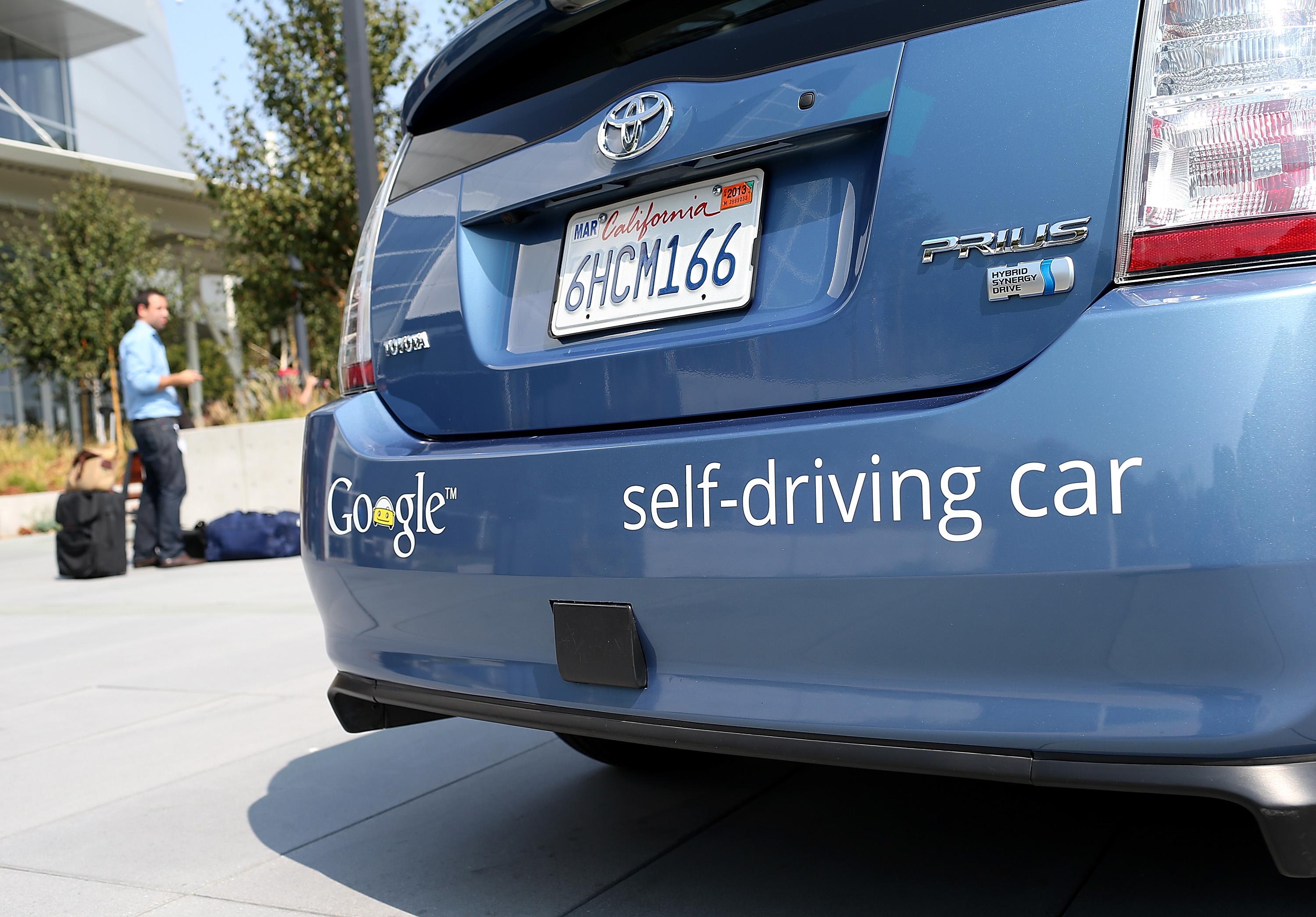This post originally appeared in Business Insider.
Writing for the New York Times in 1964, the great sci-fi writer Isaac Asimov laid out some speculation for what the world would be like in 50 years. He did it under the guise of an imagined visit to the World’s Fair of 2014. Asimov is notable for his numerous works of science fiction, especially as they relate to robots. He was so fascinated by the things science and technology could one day make real that it shouldn’t be much of a surprise to see how accurate his predictions were.
“Men will continue to withdraw from nature in order to create an environment that will suit them better.”
While it’s not a reshaping of the natural environment, but the creation of a new one entirely, his point is most easily illustrated by popular multiplayer games like World of Warcraft. Which world would you prefer? One where you toil at a desk for a paycheck, or one where you get to watch monsters fight?
“Kitchen units will be devised that will prepare ‘automeals.’”
We are just now beginning to see the trend of instant food that does its very best not to suck. The two leaders of the pack are Soylent and Finland-based Ambro, which both have products coming to market early this year.
“Robots will neither be common nor very good in 2014, but they will be in existence.”
Speaking strictly for myself, the Roomba 880 is an awesome application of robot technology. No, they’re not the world’s most common household appliance, but they definitely exist and I happen to think they’re very good at their jobs.
“Much effort will be put into the designing of vehicles with ‘robot-brains’—vehicles that can be set for particular destinations and that will then proceed there without interference by the slow reflexes of a human driver.”
This one’s a pretty straightforward reality—the driverless car is one of Google’s big pet projects right now. It’s on the way!
“Communications will become sight-sound and you will see as well as hear the person you telephone. The screen can be used not only to see the people you call but also for studying documents and photographs and reading passages from books.”
We already use Skype and FaceTime, and otherwise find ways to visually see our faces talking to each other in real time. We do this on our tablet and smartphone screens, which are also used for (you guessed it!) reading and looking at pictures. A resounding success for Asimov’s predictive abilities.
“In 2014, there is every likelihood that the world population will be 6,500,000,000 and the population of the United States will be 350,000,000.”
Asimov overestimated the U.S. population—317 million—and underestimated the world population—7.1 billion—but his guesses surrounding population are still mighty close.
“The world of A.D. 2014 will have few routine jobs that cannot be done better by some machine than by any human being. Mankind will therefore have become largely a race of machine tenders.”
This isn’t quite the scenario from “The Matrix,” but it’s already very much arrived. The machines haven’t risen up and enslaved humanity yet, but they’ve proven their value so many times over that there are now people whose full-time jobs are to keep certain machines (or computers or robots) operating smoothly and efficiently. We don’t do so because a machine forces us, but because we prefer the world where the machine works to the one where it doesn’t. Click here to read Asimov’s complete 2014 predictions.
See also: The Most Innovative Gadgets of 2013
